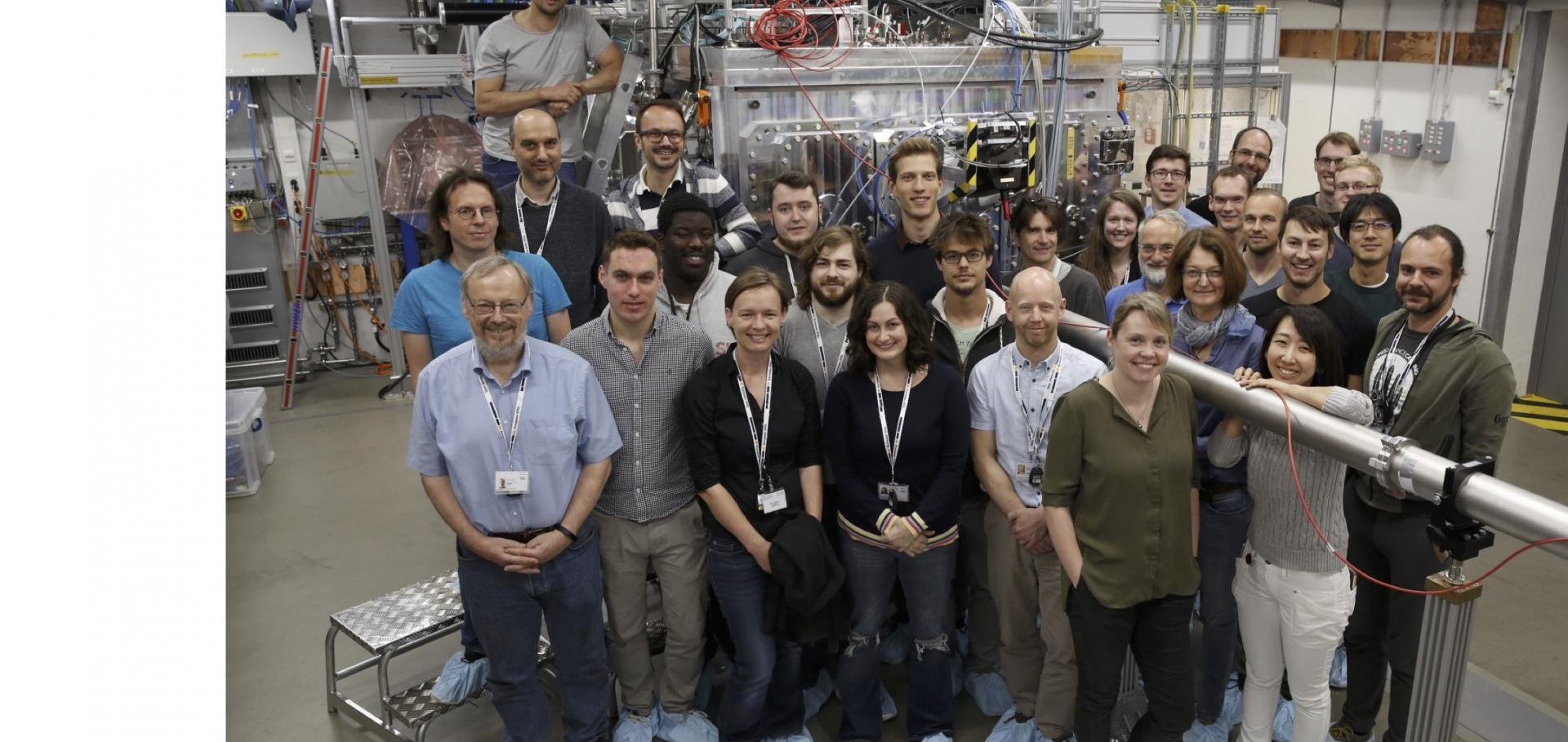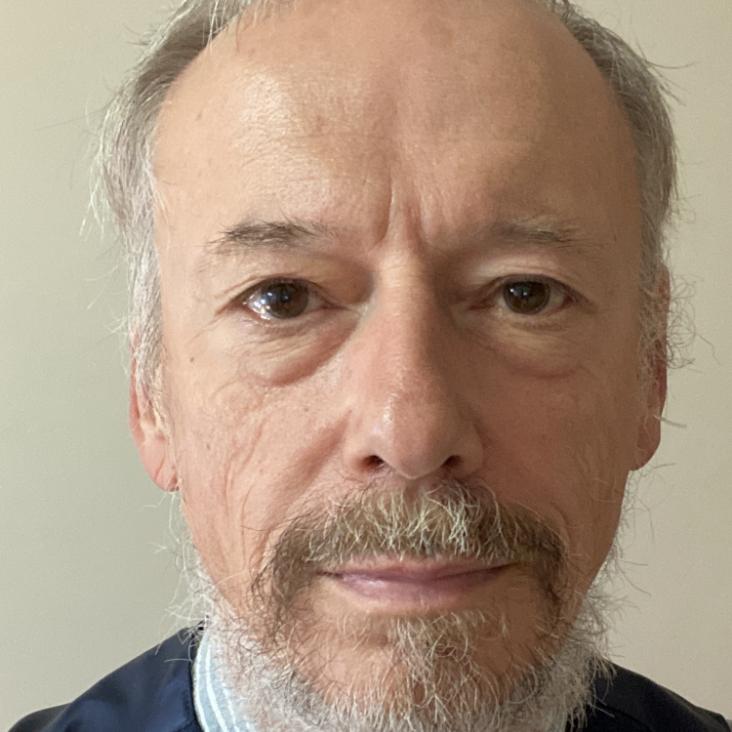Time-Resolved Pendellösung Oscillations from Impulsively Strained Crystals
Optics InfoBase Conference Papers (2002)
Time-Resolved Pendellösung Oscillations from Impulsively Strained Crystals
Institute of Electrical and Electronics Engineers (IEEE) (2002) 306-307
Time-Resolved Pendellosung Oscillations from Impulsively Strained Crystals
Institute of Electrical and Electronics Engineers (IEEE) (2002) 122-122
Coherent control of phonons probed by time-resolved x-ray diffraction
OPTICS LETTERS 27:10 (2002) 869-871
Measurements of the XUV transmission of aluminium with a soft x-ray laser
JOURNAL OF PHYSICS B-ATOMIC MOLECULAR AND OPTICAL PHYSICS 35:20 (2002) PII S0953-4075(02)53020-0


